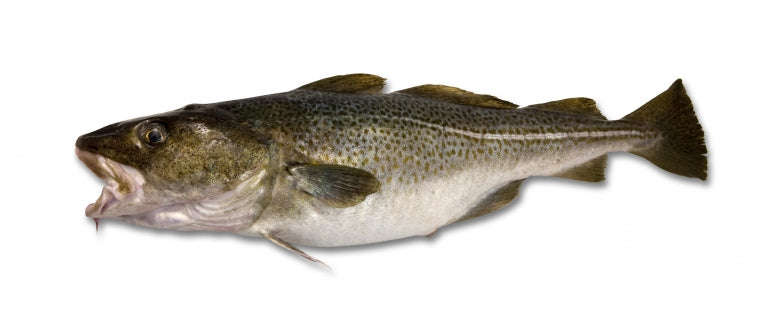Researchers at the New York University's School of Medicine recently made the discovery that a variation in a gene found in the Atlantic tomcod means they are able to live in water that has been polluted by one of the world's nastiest industrial chemicals. According to the study's lead researcher, Isaac Wirgin, this is very rapid evolutionary change: ''Normally you think of evolution occurring in thousands to millions of years. You're talking about all this occurring in 20 to 50 generations maybe''.
Polychlorinated biphenyls, otherwise known as PCBs started to be used in many commercial and industrial products in the late 1920s and up until the late 1970s, when they were finally banned, they polluted major rivers and waterways around the world. The problem is that PCBs just don't degrade and continue to contaminate the environment for years and years. The Hudson River has suffered from particularly high levels of PCB contamination.
Previously scientists have been baffled by the extremely high concentrations of PCBs found in the livers of the Atlantic tomcod, amounts that would normally kill most fish. Wirgin believes that the Atlantic tomcod has evolved some kind of protection against PCBs: ''Exposure of fish embryos to PCBs in the lab causes the heart to be smaller, to not beat properly''.
Through Wirgin's research they have worked out that the Atlantic tomcod has modified a gene encoding a protein which is able to then regulate the effects of the toxin as well as other chemicals, known as the aryl hydrocarbon receptor2 (AHR2). Because PCBs do not bond very well to these receptors the effect of the chemical are reduced. They have found this adaption throughout the Atlantic tomcod found in the Hudson River, but very rarely in other populations of tomcod and only in nearby locations.
But in a strange twist of fate the clean ups of the Hudson River are underway and Wirgin is worried that the newly evolved Atlantic tomcod might not be able to manage so well without any PCBs in the river.










